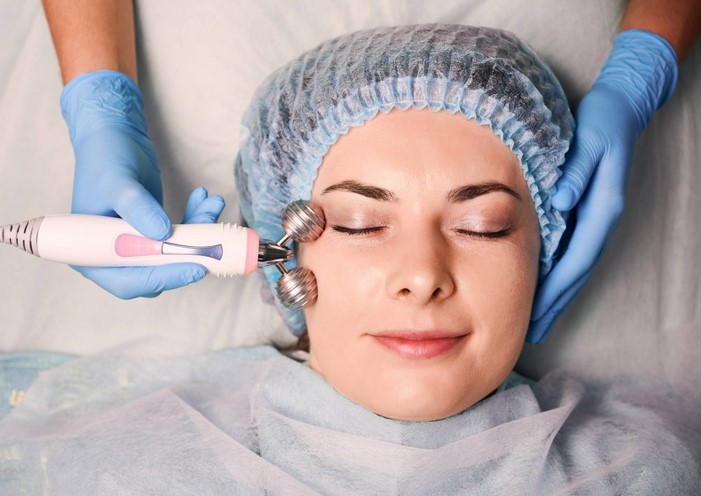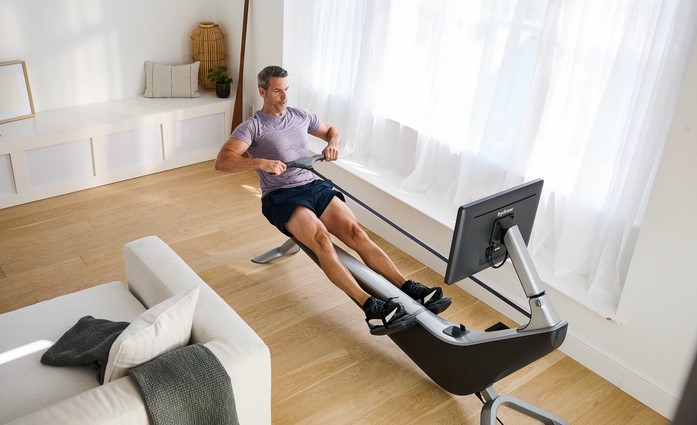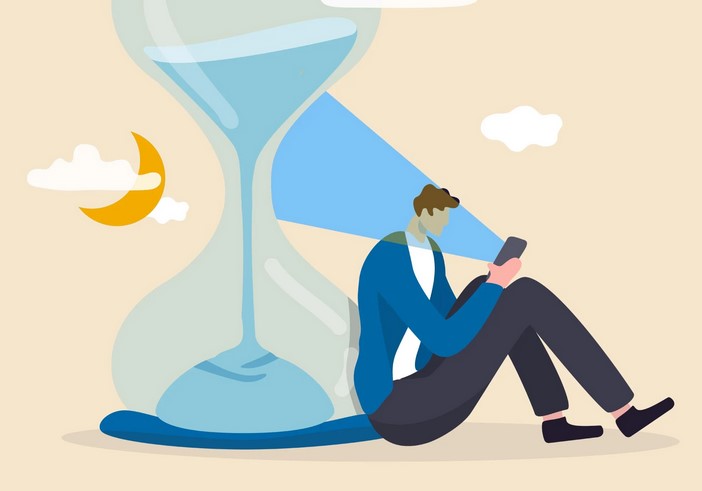
Sleep is a vital part of every child’s development, impacting their physical health, emotional regulation, cognitive function, and overall well-being. Unfortunately, sleep disorders in children are becoming increasingly common, affecting millions of young individuals each year. Whether due to environmental factors, stress, or underlying medical conditions, sleep disorders can significantly disrupt a child’s ability to function during the day, leading to issues with concentration, mood swings, and even physical health problems. Understanding the common sleep disorders that affect children and knowing how to treat them is essential for promoting better sleep habits and ensuring your child’s long-term health.
In this article, we will explore some of the most prevalent sleep disorders in children, their potential causes, and effective treatment options to help children achieve better rest and overall wellness.
Common Sleep Disorders in Children
1. Insomnia
Insomnia in children is characterized by difficulty falling asleep or staying asleep through the night. Children with insomnia may experience restlessness, frequent waking during the night, or early morning wakefulness. This disorder can lead to excessive daytime sleepiness, irritability, and trouble concentrating, which can have a negative impact on their school performance and emotional well-being.
There are several factors that can contribute to insomnia in children, including anxiety, stress, or changes in routine. Medical conditions such as asthma or allergies may also play a role. Poor sleep hygiene, such as using electronic devices before bed or consuming caffeine, can also interfere with a child’s ability to fall asleep.
Treatment for Insomnia:
- Cognitive Behavioral Therapy for Insomnia (CBT-I): This evidence-based approach is often the first line of treatment for insomnia. It helps children develop healthy sleep habits and addresses any underlying psychological issues contributing to the disorder.
- Establishing a Consistent Sleep Schedule: Ensuring that children go to bed and wake up at the same time every day helps regulate their circadian rhythm and improve sleep quality.
- Creating a Relaxing Bedtime Routine: Limiting screen time before bed and encouraging calming activities, like reading or taking a warm bath, can help signal to the body that it’s time to wind down.
2. Sleep Apnea
Sleep apnea is a sleep disorder that involves intermittent disruptions in breathing during sleep. In children, the most common form is obstructive sleep apnea (OSA), where the airway becomes partially or completely blocked, leading to pauses in breathing, frequent waking, and loud snoring. This disorder can lead to inadequate oxygen levels during the night, resulting in fragmented sleep, daytime fatigue, irritability, and learning difficulties.
The primary cause of sleep apnea in children is enlarged tonsils and adenoids, although obesity, allergies, and nasal congestion can also contribute to the condition.
Treatment for Sleep Apnea:
- Surgical Removal of Tonsils and Adenoids: In many cases, removing the tonsils and adenoids can effectively alleviate the airway obstruction and improve breathing during sleep.
- Continuous Positive Airway Pressure (CPAP): For children with severe cases of sleep apnea, a CPAP machine may be recommended to keep the airway open during sleep by providing a constant flow of air.
- Weight Management and Allergy Treatment: Addressing underlying conditions such as obesity or allergies may also help reduce symptoms of sleep apnea.
3. Night Terrors and Sleepwalking
Night terrors and sleepwalking are common sleep disorders in children, typically occurring between the ages of 3 and 8. Night terrors are characterized by episodes of intense fear or distress during the night, often accompanied by screaming, thrashing, or confusion. Sleepwalking, on the other hand, involves children getting out of bed and walking around while still asleep, with little to no awareness of their actions.
Both conditions are believed to be related to the transition between sleep stages, and while they can be frightening for parents to witness, they are usually harmless and tend to resolve as children grow older. Night terrors and sleepwalking are often triggered by factors such as stress, sleep deprivation, or changes in routine.
Treatment for Night Terrors and Sleepwalking:
- Maintaining a Consistent Sleep Schedule: Ensuring that children have a regular bedtime routine and adequate sleep can help reduce the frequency of night terrors and sleepwalking episodes.
- Reducing Stress and Anxiety: Managing any sources of stress or anxiety in a child’s life, including changes in their environment or family dynamics, can help minimize disruptions in sleep.
- Safety Precautions: For children who sleepwalk, it’s essential to take safety precautions, such as securing windows and doors or using a baby gate to prevent falls or accidents.
4. Restless Legs Syndrome (RLS)
Restless legs syndrome is a condition that causes an overwhelming urge to move the legs, often accompanied by uncomfortable sensations such as itching, crawling, or tingling. These sensations are typically worse at night, making it difficult for children to fall asleep or stay asleep. RLS is more common in children who have a family history of the condition and can be exacerbated by iron deficiency or other medical conditions.
Treatment for Restless Legs Syndrome:
- Iron Supplements: For children with iron deficiency, supplementing with iron may help alleviate the symptoms of RLS.
- Establishing a Relaxing Bedtime Routine: Activities such as stretching, a warm bath, or massage before bedtime can help reduce the discomfort associated with RLS.
- Medications: In severe cases, medications such as dopamine agonists or anticonvulsants may be prescribed to help manage symptoms.
5. Narcolepsy
Narcolepsy is a rare but serious sleep disorder that causes excessive daytime sleepiness and sudden “sleep attacks.” Children with narcolepsy may have difficulty staying awake during the day, often falling asleep in the middle of activities such as eating, talking, or even walking. Narcolepsy can also cause other symptoms such as muscle weakness (cataplexy), vivid dreams, and sleep paralysis.
Treatment for Narcolepsy:
- Medications: Stimulants, such as modafinil, are often prescribed to help reduce excessive daytime sleepiness. Antidepressants may also be used to treat cataplexy and other symptoms.
- Lifestyle Adjustments: Encouraging children to take short naps during the day and maintaining a consistent sleep schedule can help manage symptoms.
How to Address Sleep Disorders in Children
If you suspect your child is suffering from a sleep disorder, the first step is to consult with a healthcare provider or pediatric sleep specialist. A thorough assessment, including a review of the child’s sleep history, lifestyle, and any potential underlying medical conditions, will help identify the root cause of the problem. In some cases, a sleep study (polysomnography) may be recommended to diagnose sleep apnea or other sleep disorders.
Additionally, parents should focus on creating a sleep-friendly environment at home. This includes establishing a regular bedtime routine, ensuring the bedroom is dark and quiet, and limiting the use of electronic devices before bed. Encouraging healthy lifestyle habits, such as regular physical activity and a balanced diet, can also contribute to better sleep quality.
Sleep disorders in children can have a profound impact on their health, behavior, and development. Recognizing the symptoms and understanding the various treatment options for conditions like insomnia, sleep apnea, night terrors, and restless legs syndrome is essential for ensuring your child gets the restorative sleep they need. By working closely with healthcare professionals and implementing practical strategies at home, parents can help their children overcome sleep challenges and improve their overall well-being. With the right treatment and support, most children can manage their sleep disorders and enjoy better quality sleep, leading to improved mood, performance, and health.




